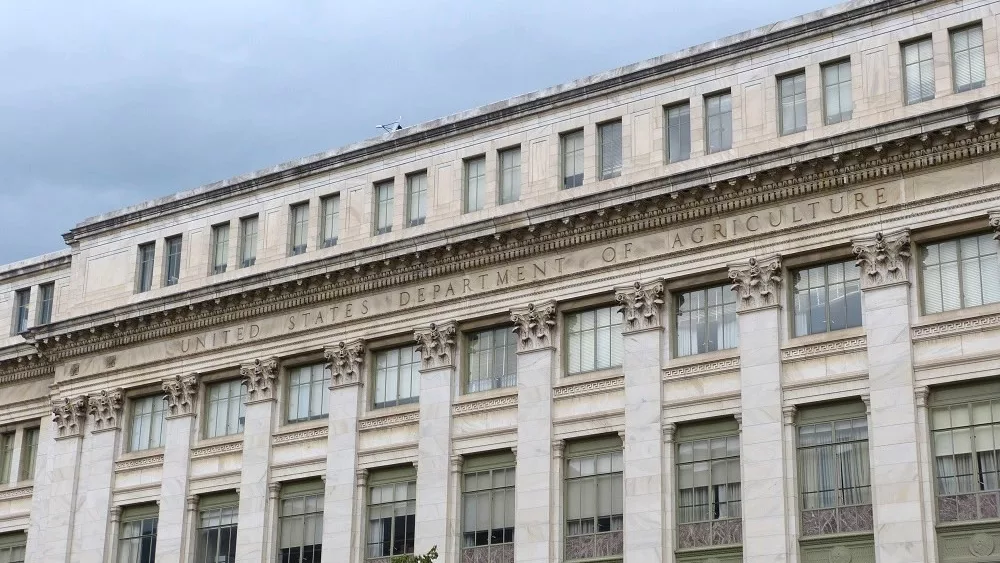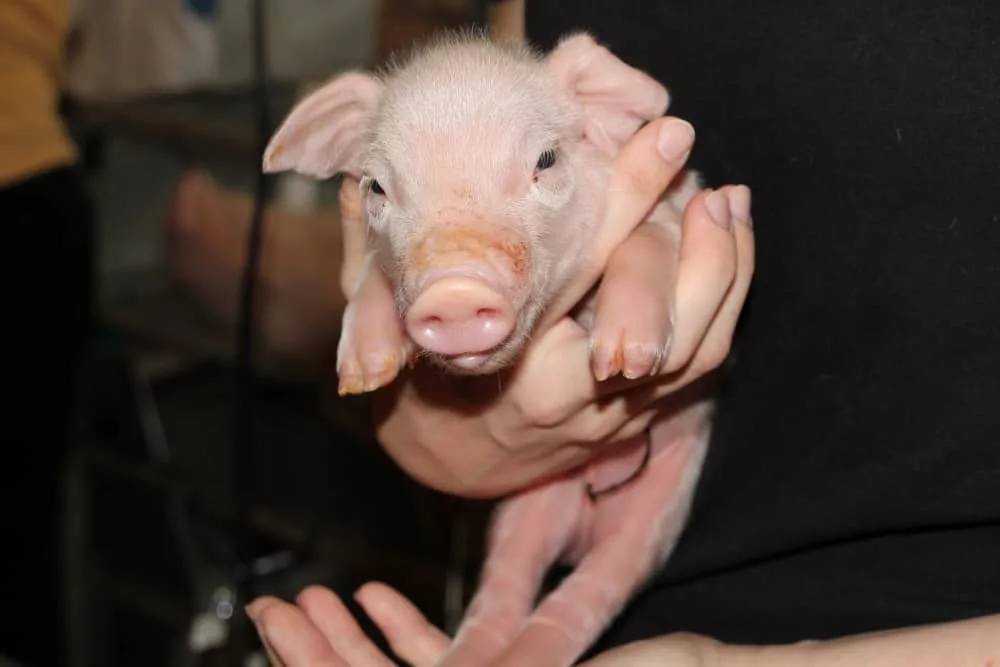The House passed an over $1 trillion infrastructure bill Friday night by a vote of 228-206. The bill now heads to President Biden for his signature.
Mike Steenhoek, Executive Director of the Soy Transportation Coalition, says they’re very pleased with the passage of the “Infrastructure, Investment, and Jobs Act.”
“We anticipate that there will be some new bridges constructed in rural areas. We anticipate that there will be some meaningful improvements to our locks and dams, and we’ll be able to trace that to this piece of legislation. So, we’re very pleased.”
For agriculture, one of the highlights of the bill is the $110 billion allocated to roads and bridges.
 “A percentage of that will be allocated to the rural network and that was a long-time concern for us,” says Steenhoek. “We wanted to make sure that anything we do is not just impacting and addressing the needs of urban America but also the needs of rural America. We’re happy that there is that specific language that rural areas need to be addressed as well.”
“A percentage of that will be allocated to the rural network and that was a long-time concern for us,” says Steenhoek. “We wanted to make sure that anything we do is not just impacting and addressing the needs of urban America but also the needs of rural America. We’re happy that there is that specific language that rural areas need to be addressed as well.”
Steenhoek adds the $17 billion set aside for ports and inland waterways is critical.
“As we know in agriculture, a lot of our freight gets transported via barge. It’s a very cost-effective way of moving heavy freight long distances at an economical price point. It’s really one of the secrets to our success as an industry. And so, the fact that there is some funding being allocated for improving our locks and dams, improving our port regions, that’s really critical as well.”
Steenhoek added, “We represent an industry, the soybean industry, that over half of what is produced finds its way into the international marketplace. So, if that’s your reality, then you’ve got to make sure that you don’t just get supply right or demand right. You have to get transportation right as well. So, we’re very happy with some of those provisions within the legislation that’ll help us achieve that.”
Also in the legislation is language promoting an additional marketing opportunity for U.S. soybean farmers.
“One of the initiatives that we’ve been working on, and that the Indiana Soybean Alliance has been a real leader on, is the promotion of a soy-based concrete enhancer that can elongate the life of a road or a bridge once you apply it because it’ll provide greater resistance against water or salt incursion. So, not only does that increase the life of the asset itself, whether road or bridge, but it also does it an environmentally sustainable way.”
In addition to transportation updates, the bill also touts $65 billion in funding for high-speed internet.
Many other farm groups are applauding the bill’s passage. American Farm Bureau Federation President Zippy Duvall commented, “While AFBF was disappointed with the unnecessary delays in the House of Representatives, we appreciate Congress finally passing crucial bipartisan infrastructure legislation. We cannot afford to ignore the millions of miles of roadways, waterways and railways rural America relies on to keep our country fed, especially as we see widespread supply chain challenges…Bipartisan efforts such as the Infrastructure Investment and Jobs Act provide commonsense solutions to our nation’s infrastructure challenges, and we look forward to seeing the bill signed into law.”
“We are pleased to see the House act on this legislation which was developed in a bipartisan manner and allocates funding for initiatives that are extremely important to corn growers and rural America,” said NCGA President Chris Edgington. “This is a once in a generation infrastructure investment that will help farmers for years to come.”
National Association of the State Departments of Agriculture (NASDA) CEO Ted McKinney praised the bill’s passage saying, “State departments of agriculture commend the U.S. House of Representatives for coming together to build opportunities for agriculture and rural communities. We can all recognize the importance of a thriving U.S. agriculture industry to all people, and today’s actions will connect more individuals to American grown products and provide financial sustainability for farming and ranching businesses.”





